The way poverty is measured is problematic.
Here’s why...
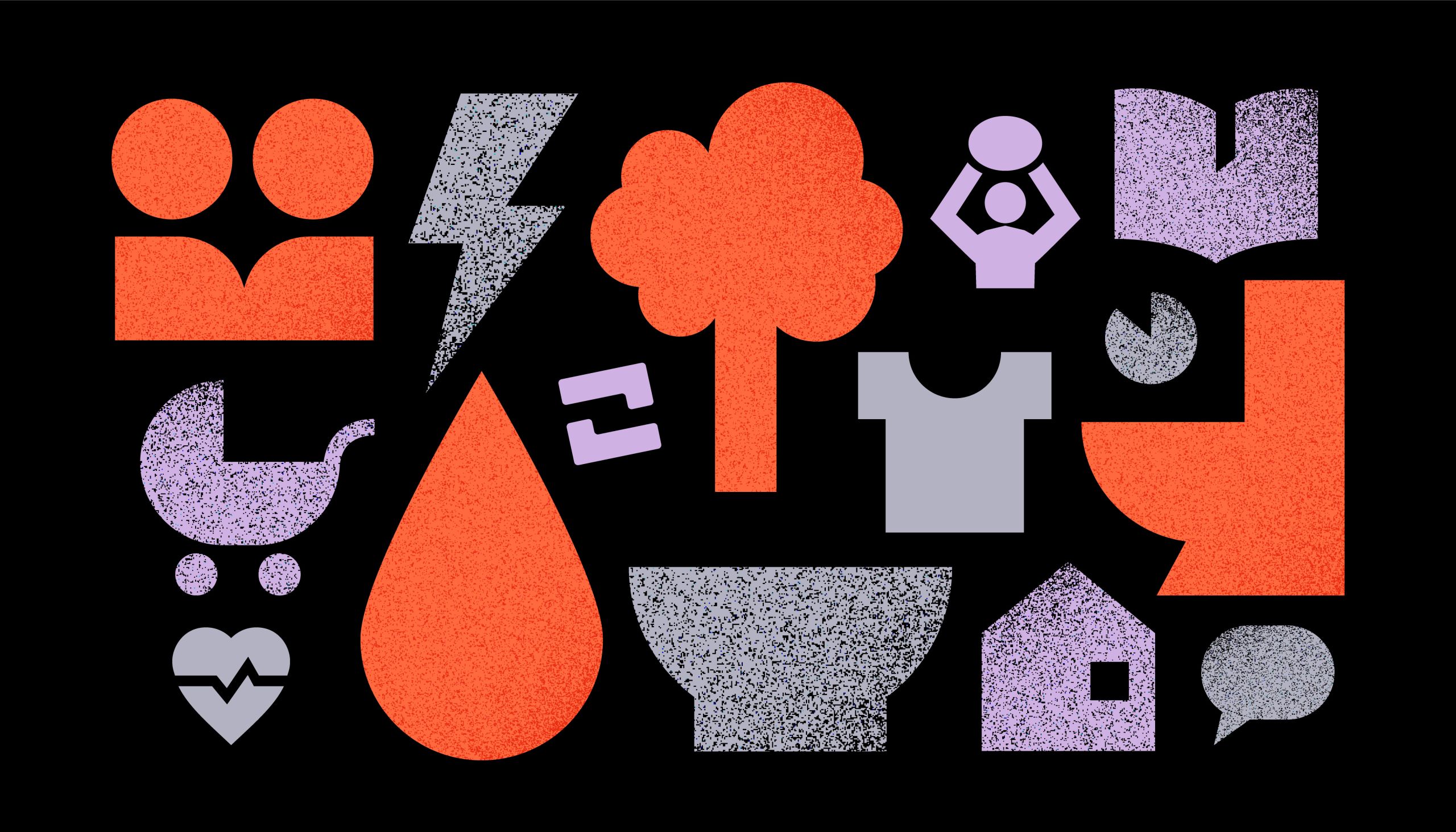
It is estimated that around 700 million people are experiencing extreme poverty. In other words, around 10% of the world’s population is living on less than US$1.90 a day. But these numbers only provide a partial snapshot.
Global poverty data can’t tell us specifically who is experiencing poverty - their gender, age, whether they have a disability or whether they live in urban or rural areas – all factors that shape and potentially deepen experiences of poverty and inequality. This means that the lives and experiences of women, non-binary and gender-diverse people are often invisible in global poverty data.
By design, a number of assumptions are embedded into global poverty measurement approaches. This isn’t a concern in and of itself - all models include assumptions. Assumptions are made about what’s important and what isn’t, and this influences what gets measures, and equally, what doesn’t. However, the assumptions that inform some of the most commonly used poverty measures may even be considered sexist and have significant consequences for many groups of people including women. Despite growing recognition of the limitations imposed by such assumptions, they persist.
However, these limitations are not inevitable and addressing three main issues would significantly ensure that global poverty data is inclusive and intersectional.
1. Household-level measurement
Around the world poverty measurement assesses the circumstances
of households, not of individuals.
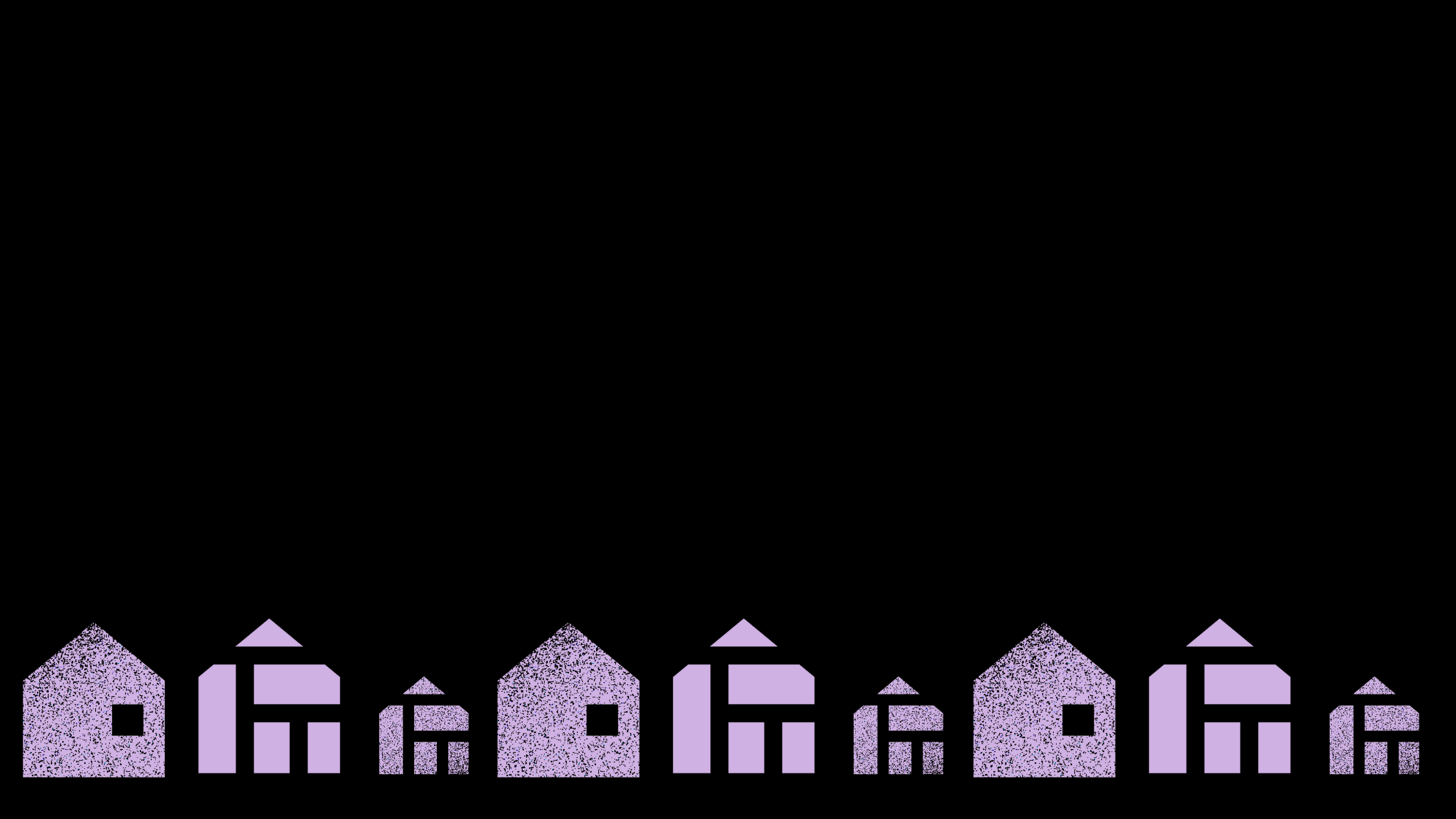
One of the biggest limitations of poverty measurement is that it relies on household surveys. What this looks like in practice is that one person is asked to complete a survey and respond on behalf of everyone they live with. This person is usually the ‘head of the household’ and this tends to be a man. Their responses are taken to be a proxy, and represent the ‘average’ experience of everyone who lives in that home.
But the problem with collecting poverty data in this way is that it assumes that resources are distributed evenly and everyone living in that home has equal access to the same rights, opportunities and resources. But if you’ve ever shared a house, you would know that this probably isn’t true!
There are many factors that shape or deepen experiences of poverty and inequality including ethnicity, gender, age, disability, sexuality, religion, just to name a few, and people who live under the same roof often have very different experiences. By measuring poverty at the level of households, the differences between individuals are flattened and rendered invisible. It also overlooks the ways that households are actually home to inequality. This is a major oversight because when it comes to gender, households are one of the first places of inequality – whether this is gender-based violence or unpaid care and domestic work.
It is estimated that around one third of global inequality is found within households. In other words, 30% of global inequality is hidden by household-level poverty measurement, and is therefore not reflected in global poverty data. Such significant underestimates of the problem of inequality raises questions about the adequacy of this data to inform policy and services designed to address the issue.
The global community identified this as a problem, and committed to changing it back in 1995 as part of the Beijing Declaration and Platform for Action. More recently, the World Bank has recognised this problem as well. But for the most part, household-level poverty measures continue to be used. This means that the default experience of poverty and inequality that shows up in the data tends to be the experiences of men.
In order to reduce and ultimately eradicate poverty, we need data that can be accurately broken down to show how poverty is shaped by factors such as gender, age, ability, and importantly, the intersections of these. We need to be asking individuals directly about their circumstances, and not relying on someone else who lives in the same home to respond on their behalf.
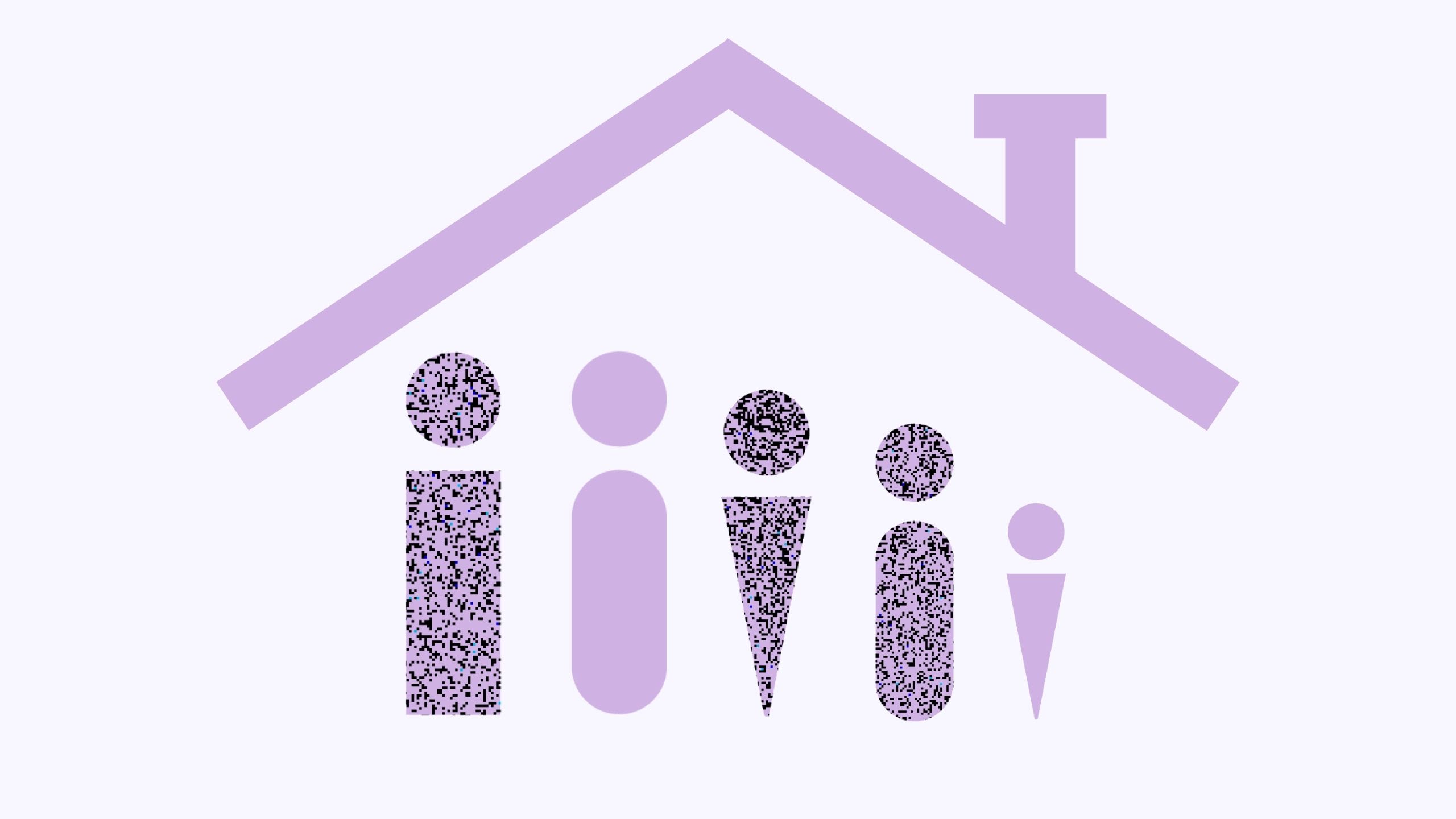
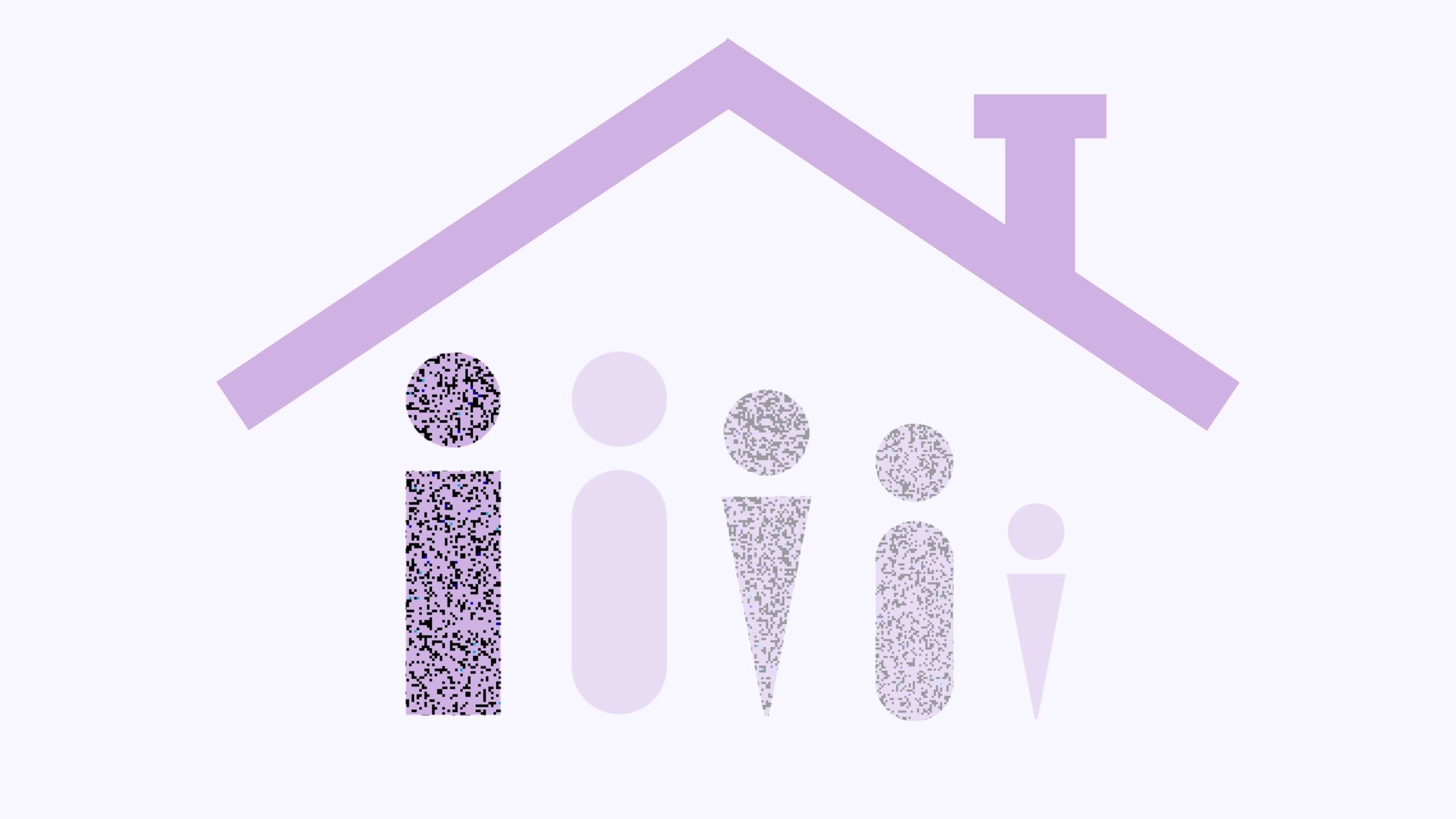
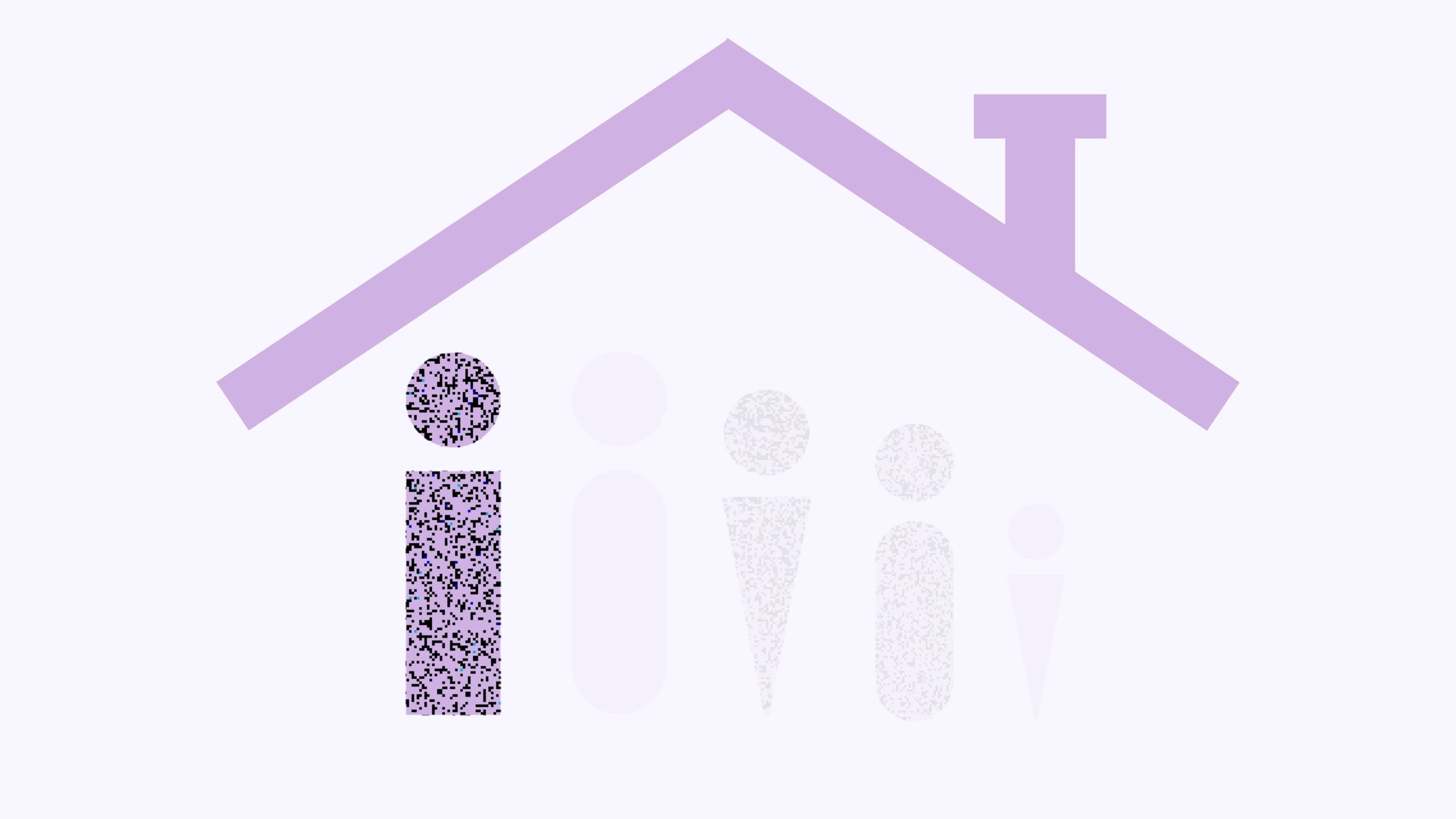
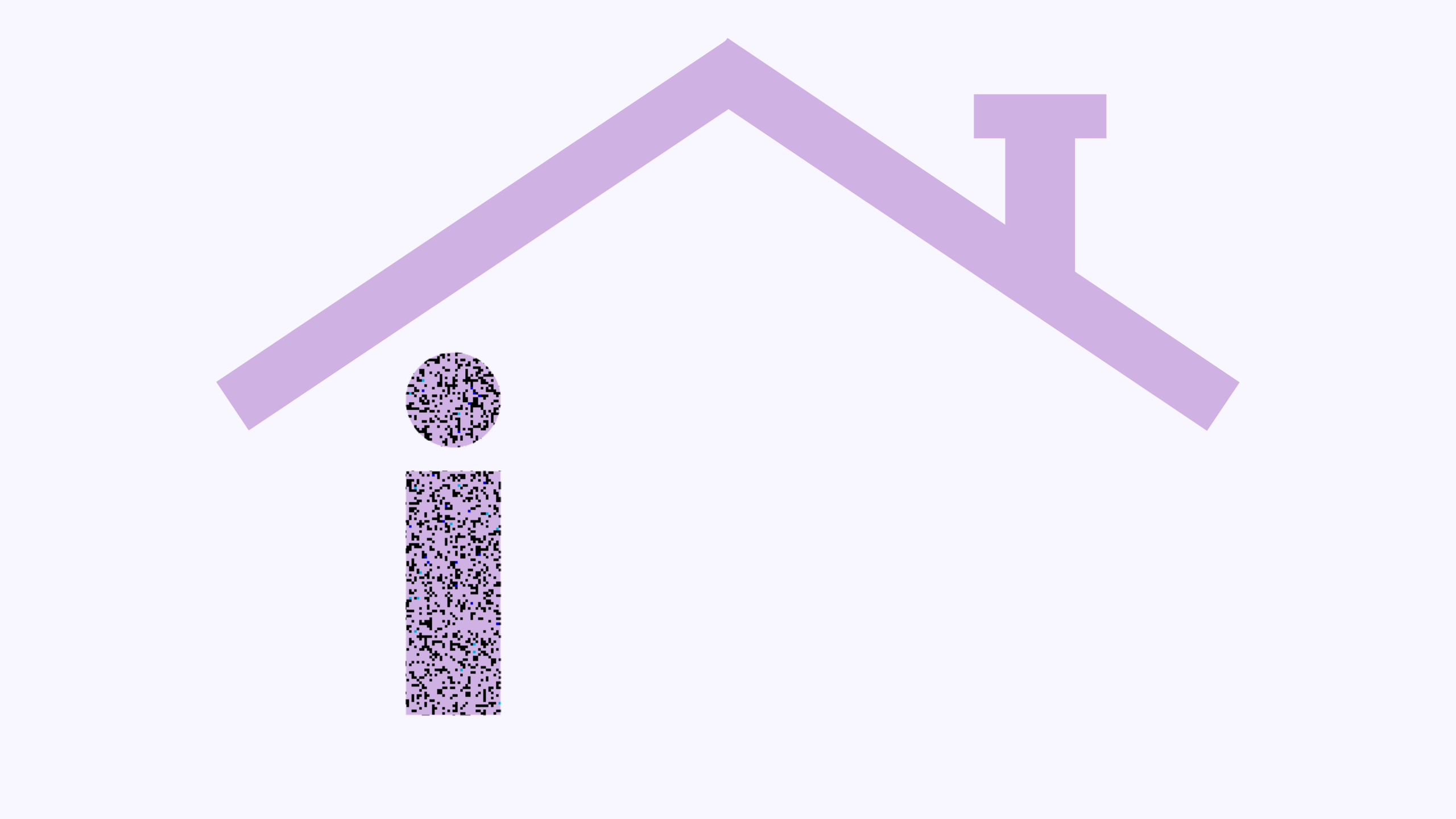
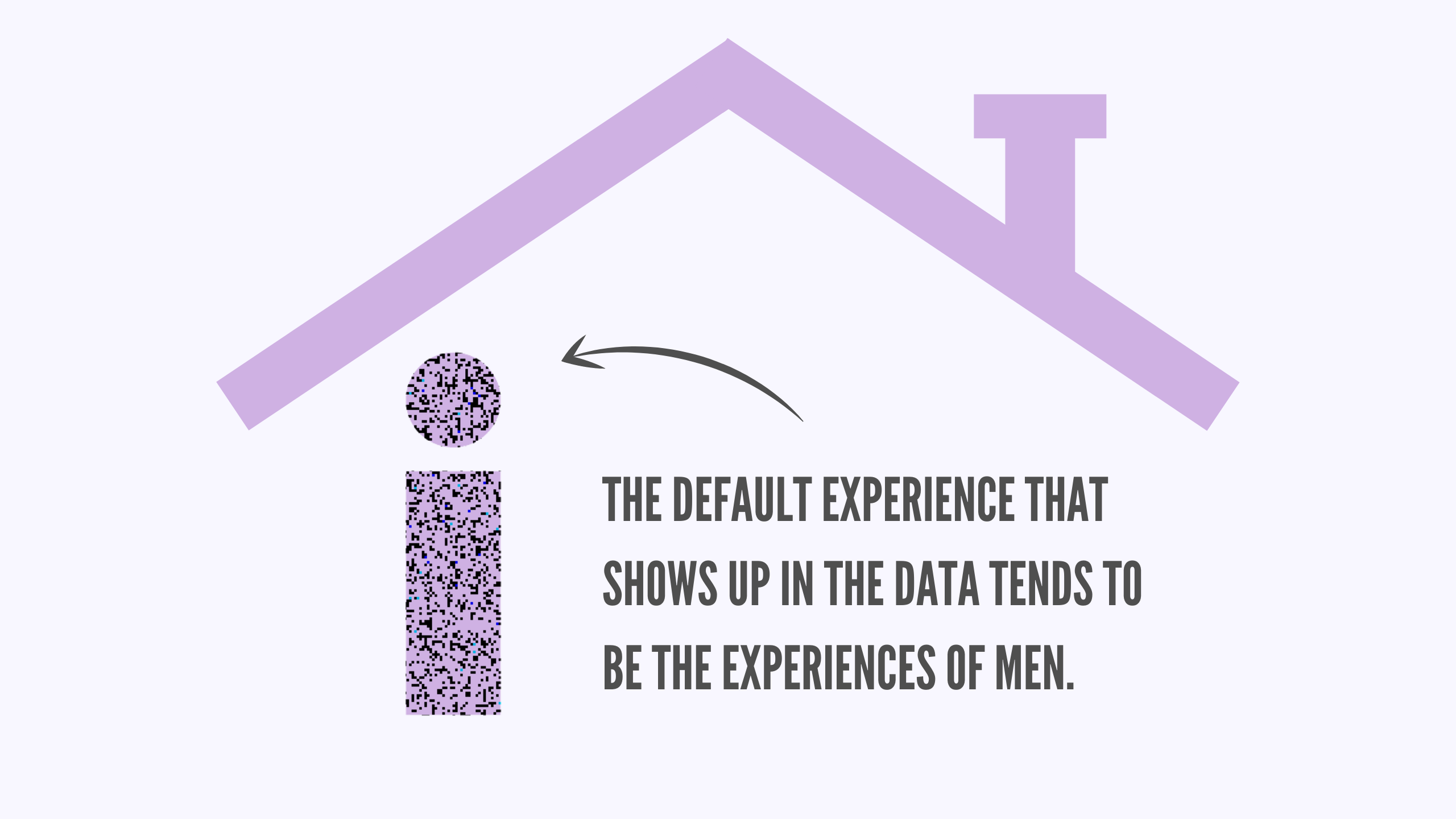

2. A narrow definition of poverty
Poverty is usually defined as a lack of money
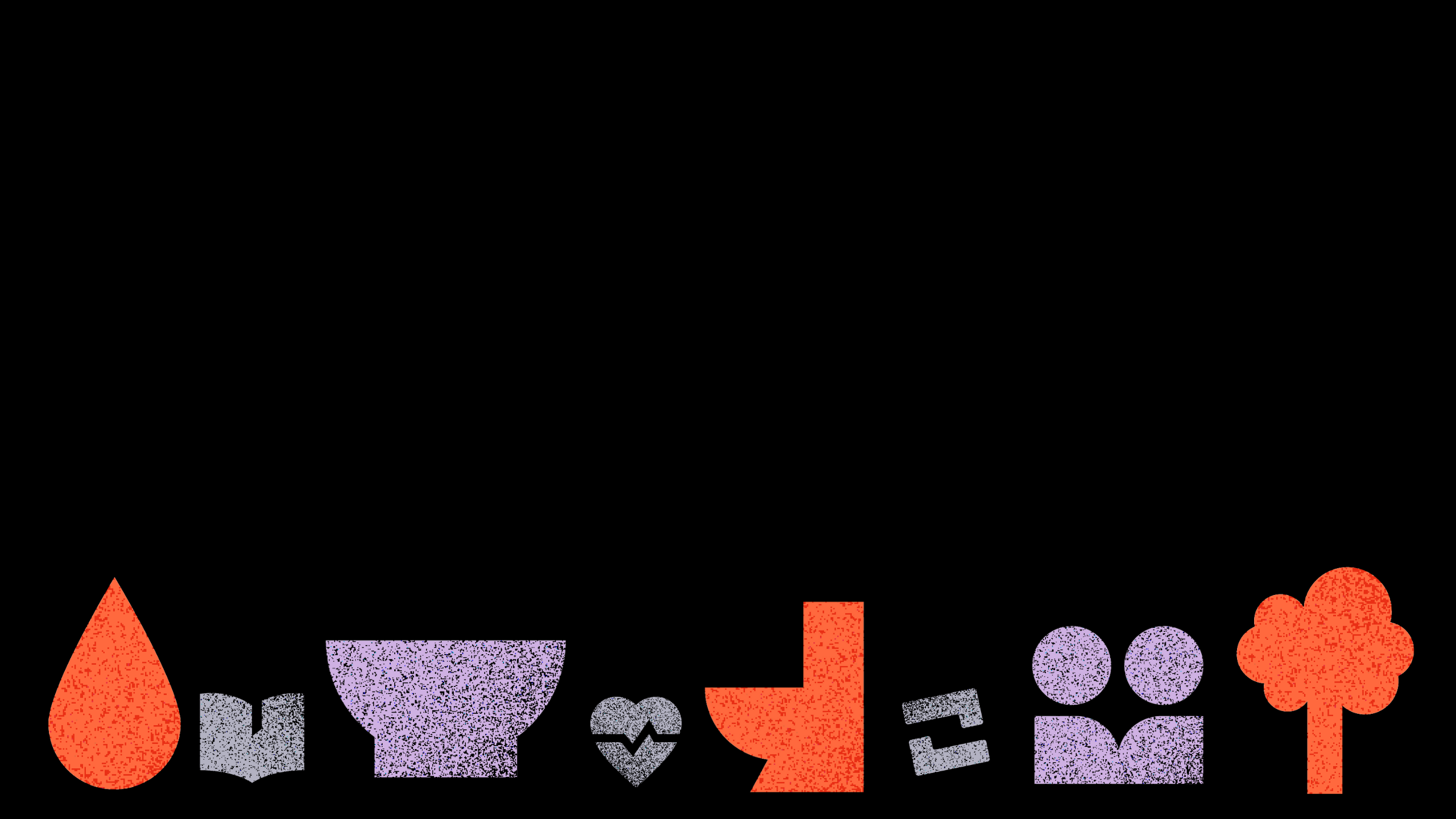
Current measures of poverty focus on money, or a narrow range of other factors such as health and education. However, poverty is more than a lack of money and people who experience poverty say that there are a whole range of factors that influence their circumstances.
In our research across 6 countries, we spoke to 3000 people with lived experience of poverty, and they named a much wider range of factors beyond money that impact their circumstances. This includes a lack of access to education, healthcare, sanitation or work, for example, and also non-material aspects of poverty including relationships, voice (how much control we have over decisions that affect our lives) and time-use (how you spend your time, and what portion is taken up doing unpaid care or domestic work for example).
The 15 dimensions of poverty that Equality Insights measures.
These dimensions of poverty can intersect and overlap to deepen experiences of poverty and inequality – for example, someone may live rurally and have limited access to healthcare which leads to poorer health outcomes. This may be made worse by a lack electricity, forcing them to rely on unclean fuel for cooking and heating, which also affects their health. They may also have caring responsibilities and look after children or older people in their family, which limits how much paid work they can do and reduces their income.
Focusing on one dimension of poverty alone, such as income, does not capture the reality of people’s circumstances. It also doesn’t tell us what approaches might have the greatest impact. If decision-makers and policy-makers are relying on data that doesn’t provide a holistic picture, then the task of changing and improving the conditions and structural barriers that cause and sustain poverty and inequality is much more opaque and difficult.
We must move beyond the narrow understanding that poverty is a lack of money, and instead measure multidimensional poverty if we are serious about global commitments to reduce inequalities and eradicate poverty.
3. Poverty measurement isn't gender sensitive
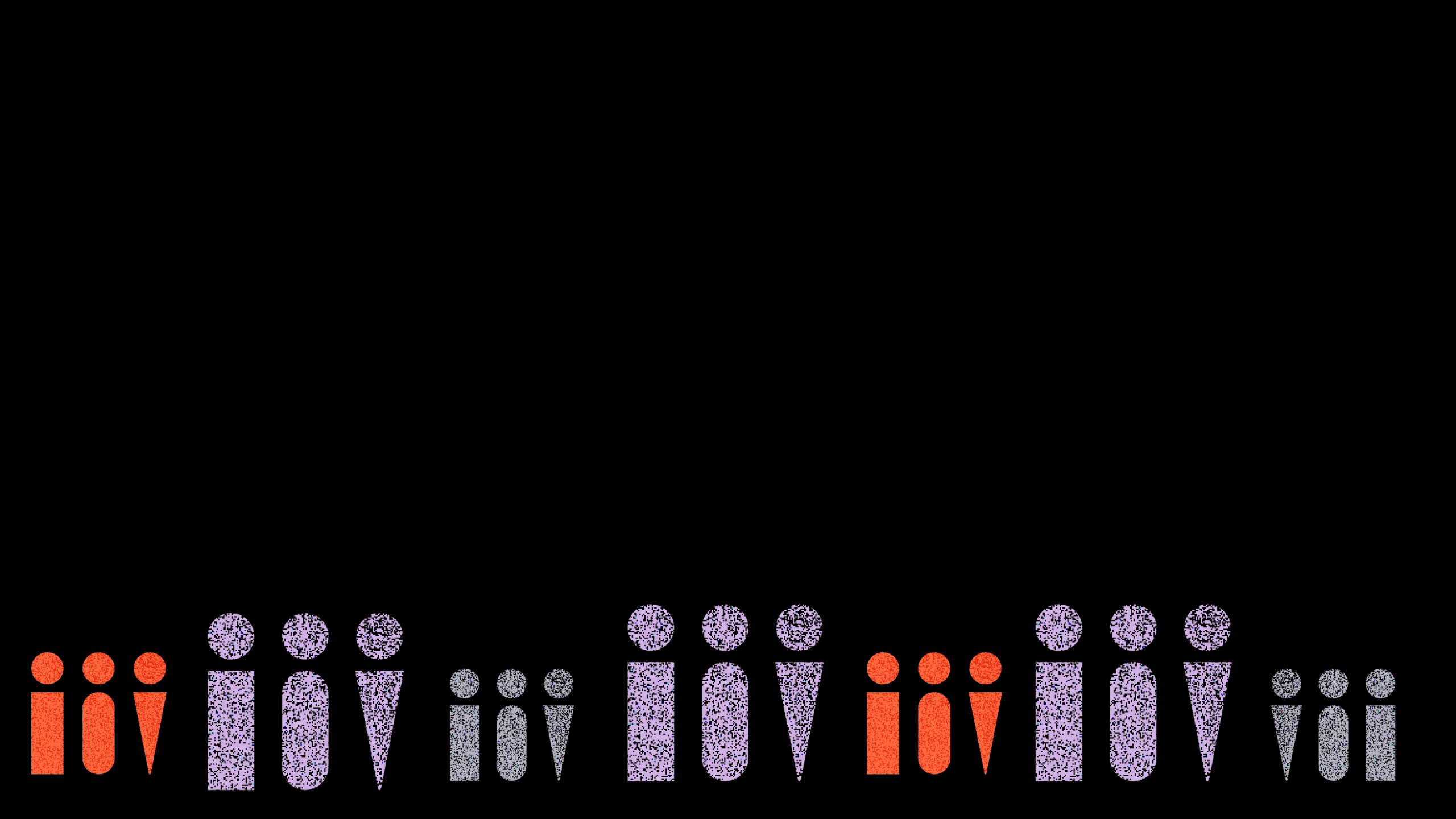
Most poverty measurement focuses on factors that we all have in common but it excludes factors that are particularly relevant for women, non-binary and gender diverse people. For poverty measurement to be gender sensitive and address the ways gender shapes and deepens experiences of poverty, it must also assess areas of our lives that are shaped by gender including:
- family planning and access to contraception
- access to menstrual products and sanitation facilities
- time-use and the division of care and unpaid work
If solutions are designed using data that does not capture the lives of some of the people most impacted, then these ‘solutions’ will never address the problem.
We need quality data that makes visible the lives and experiences of women in their diversity, in key areas of life, if we are to overcome the barriers and discrimination that limits the rights and contributions of millions of women around the world. Inclusive and intersectional data has the immense potential to reduce poverty and inequality.
Data Feminism Network Lounge: Redefining How Poverty is Measured with Joanna Lindner-Pradela, Director - Equality Insights
If you're interested in hearing more about this topic, Equality Insights Director, Joanna Pradela, spoke to the Data Feminism Network about the current limitations of poverty measurement, and the work Equality Insights is doing to collect quality gender data using a new, individual-level, gender-sensitive measure of multidimensional poverty.
